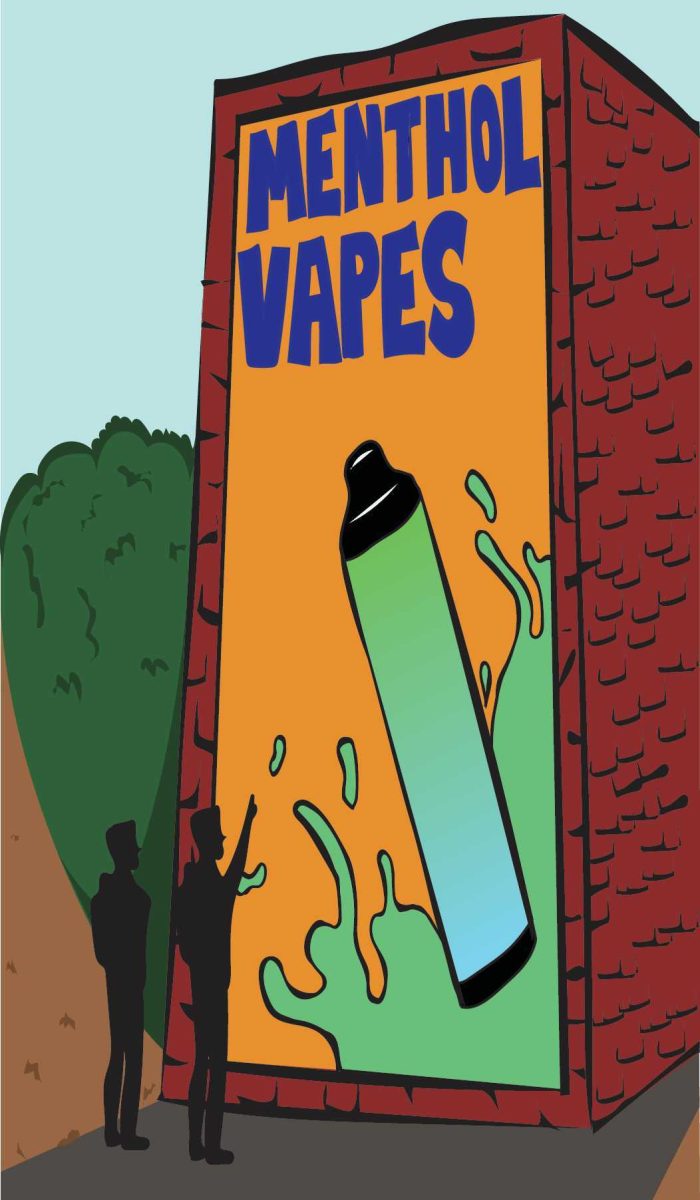While spring break is a much-needed week to decompress that some college students look forward to, having a spring break does not make sense for a semester that has been as unpredictable as this one.
Students, faculty and staff alike struggled through the recent snowstorm and associated power and water crises that plagued the state. Seven instructional days were lost, leaving faculty to rewrite their syllabi and move exams around — even cutting entire blocks of information for their courses.
While this was by no means a break — it was an incredibly stressful time during which much of the Texas State community struggled to keep warm and find available food and water — this cut into valuable instructional time. It is not fair to faculty or students to leave this much material out of this semester’s courses. It can place students taking prerequisites at a disadvantage for their next courses or for professional exams.
Perhaps more critically, Gov. Greg Abbott announced that, as of March 10, “it is now time to open Texas 100%.” This means rescinding a statewide mask order and allowing businesses to reopen at full capacity — despite the fact that March is projected to see a rise in frequency of emerging COVID-19 variants that put even those who have recovered from prior infection or who have been vaccinated at greater risk.
During spring break, college students are notoriously known for letting loose. The beginning of the COVID-19 pandemic in the state last March did not stop party-goers from traveling to favorite spots, like South Padre Island or Port Aransas, mask-free and packed tightly on beaches. Texas State should not expect these students to all follow CDC-recommended protocols this time around.
Texas State has recommended that, if students must travel, they get tested for COVID-19 before returning. However, the entirety of spring break travel time —from the first Saturday to the last Sunday — is only nine days, and COVID-19 symptoms may take up to 14 days to make themselves known. Even in asymptomatic cases, rates of false negatives are worryingly high in the first week after exposure. Even if students get tested in time, the self-administered Curative tests available on campus are not exactly the most reliable, especially in asymptomatic patients.
The risk of COVID-19 spread due to spring break travel has already led other area universities to make major changes. Texas A&M has shortened its spring break to a more manageable two-day holiday, and its satellite campus in Kingsville has canceled its spring break entirely. Texas State should follow suit.
As Texas State is ranked the fifth-best “party school” in Texas by Niche, it is clear where the priorities of many students lie. Students cannot be trusted to resist the temptation of newly-opened bars, restaurants and other party venues for a week of unsupervised free time. University administrators must make the decision for them and either reduce or cancel spring break altogether to avoid putting the entire Texas State community at risk.
–Toni Mac Crossan is a Biology graduate student
The University Star welcomes Letters to the Editor from its readers. All submissions are reviewed and considered by the Editor-in-Chief and Opinion Editor for publication. Not all letters are guaranteed for publication.
Opinion: Texas State should cancel spring break this semester
March 9, 2021

Alondra Vasquez Spring Break
Donate to The University Star
Your donation will support the student journalists of Texas State University. Your contribution will allow us to purchase equipment and cover our annual website hosting costs.
























